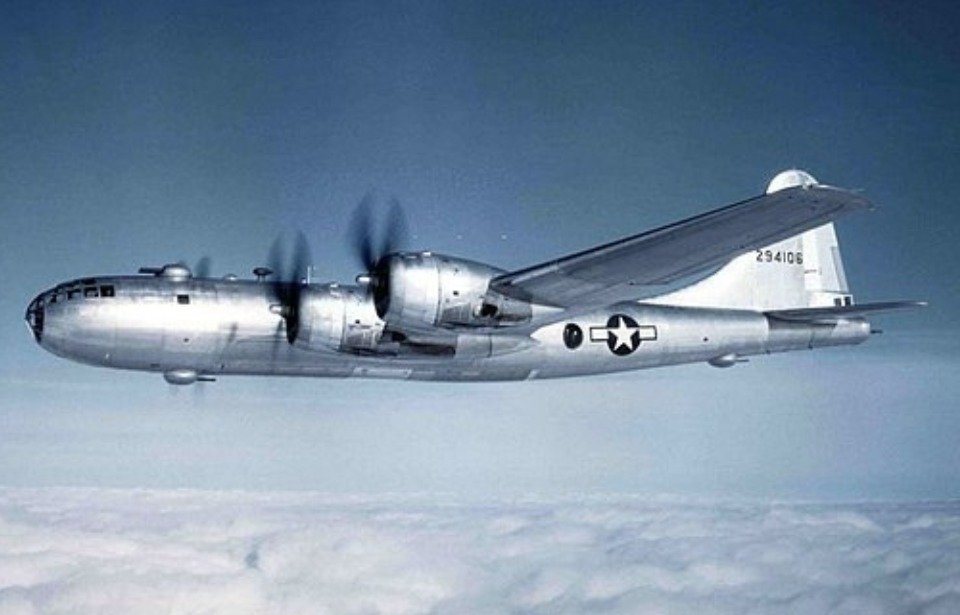As the United States prepared for the atomic bombings of Hiroshima and Nagasaki, Paul Tibbets was tasked with training pilots to operate the Boeing B-29 Superfortress. However, he faced a major hurdle—many of the pilots were hesitant to fly the massive bomber, as it hadn’t been tested as thoroughly as other aircraft used during World War II.
To overcome this challenge, Tibbets came up with an unusual but effective solution. He brought in two female pilots to demonstrate that the B-29 could be flown with skill and control. The move had the intended effect—once the male pilots saw the women handling the aircraft confidently, their own fears eased, and they grew more willing to fly the B-29.
Problems with the B-29 Superfortress’ engines
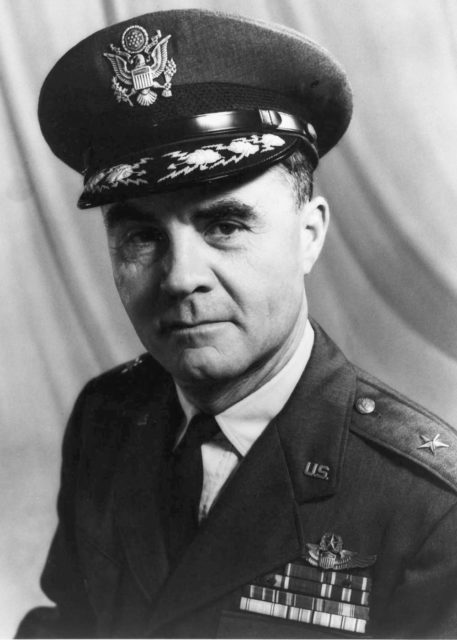
After serving in both the European and Pacific Theaters, Paul Tibbets returned to the U.S. in 1943 to help develop the B-29 Superfortress. Once testing was completed, he took on the role of director of operations for the 17th Bombardment Operational Training Wing (Very Heavy), where he was responsible for training pilots to fly the new bomber.
This training came with major challenges. Pilots had real concerns about the aircraft’s history of engine trouble and frequent fires, as well as the fact that it hadn’t been tested as much as other planes. On top of that, the B-29 was much larger than the bombers the U.S. Army Air Forces (USAAF) had used before, making it a big adjustment for pilots.
The women who flew the B-29 Superfortress
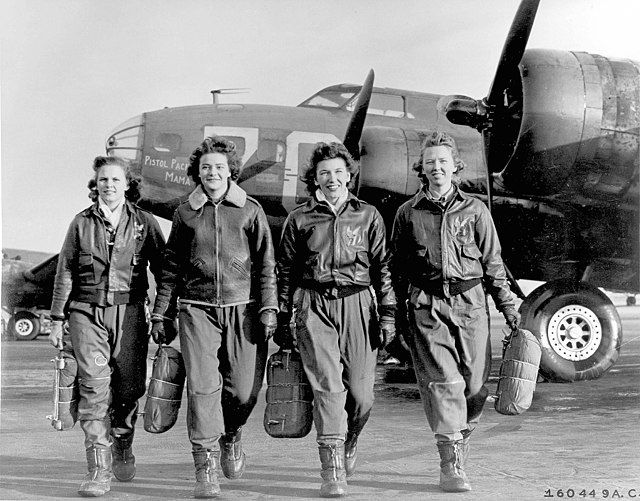
To address the growing unease about flying the B-29, Paul Tibbets made the bold decision to train female pilots on the aircraft in hopes of calming the nerves of their male counterparts. He recruited two Women Airforce Service Pilots (WASPs), Dora Dougherty Strother and Dorothea Johnson “Didi” Moorman, and intentionally didn’t inform them of the B-29’s troubled history to prevent any unnecessary worry.
Both Strother and Moorman adapted quickly, experiencing no issues during their training.
In fact, Tibbets specifically chose them because they had no prior experience flying four-engine aircraft. This was done to show that even pilots unfamiliar with such large bombers could successfully learn to handle the B-29. After just three days of training, Tibbets declared them ready for demonstration flights. The two pilots conducted several flights from the base in Alamogordo, New Mexico, with different aircrews aboard each time—effectively boosting morale and proving the aircraft could be flown with confidence and control.
Reception as demonstration pilots
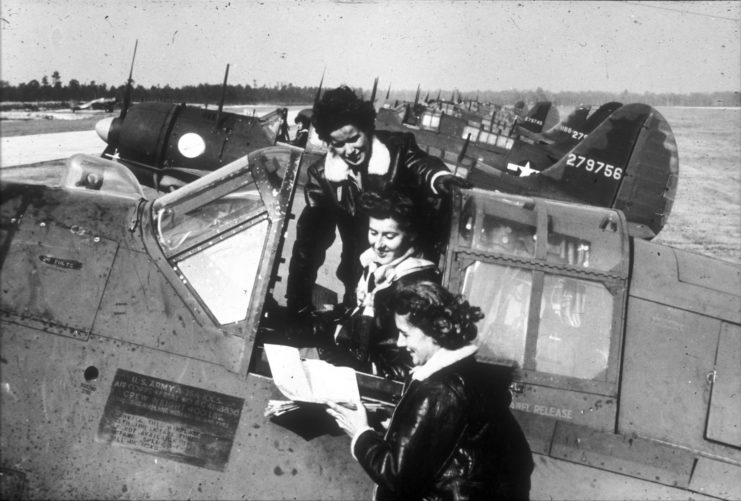
Strother and Moorman successfully convinced the male aviators to fly the B-29. In a maintenance bulletin, Maj. Harry Shilling praised the pair’s expertise and in-depth knowledge of the aircraft, encouraging other male personnel to consult them for guidance on operating the bombers and to emulate their flawless takeoffs.
Despite their achievements, Strother and Moorman’s time as demonstration pilots was short-lived. When Tibbets’ superiors discovered women were flying B-29s, they ordered the program to be shut down.
Maj. General Barney Giles of the Air Staff remarked that the women were “putting the big football players to shame.”
Remembering their role
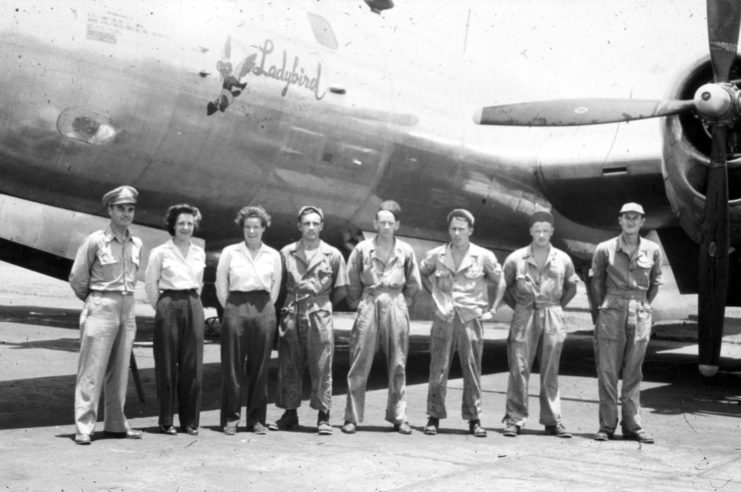
While their role as demonstration pilots may have seemed minor, it had a profound impact on the men who watched them. On August 2, 1995, retired US Air Force Lieutenant Colonel Harry McKeown wrote a letter to Strother about her experience flying the B-29s. Their paths had crossed in 1944 at Clovis Army Airfield, where McKeown served as Director of Maintenance & Supply and worked as a test pilot.
He recalled that after their demonstration, “we never had a pilot who didn’t want to fly the B-29.” He ended his letter on a personal note, writing, “I still want to thank you for helping me that day at Clovis. I will admit that I was scared… You made the difference in my flying from then on. I wasn’t the only pilot that felt this way, and I am sure that they would thank you too if they knew where you were.”
Life after World War II
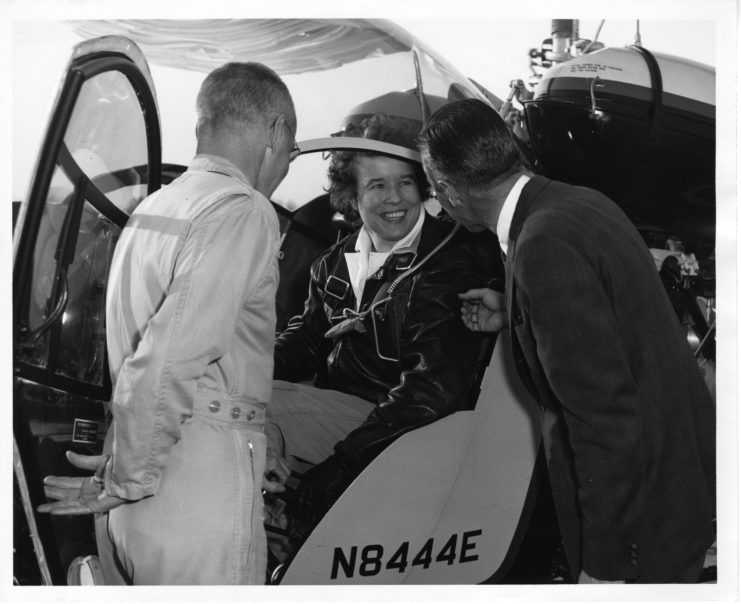
Both women remained with the WASPs until the organization disbanded in 1944. Strother later earned a PhD from New York University and worked for Bell Helicopters from 1962 to 1986. She stayed in touch with McKeown and married him in 2002. After the war, Moorman raised five children in North Carolina and maintained a close friendship with Tibbets until her death in 2005.
The WASPs, including Strother and Moorman, were not granted military veteran status until 1977, when the US House and Senate voted to recognize their contributions. This decision made them eligible for veterans’ benefits and allowed them to honor their fallen comrades as veterans—something they had previously been unable to do.
